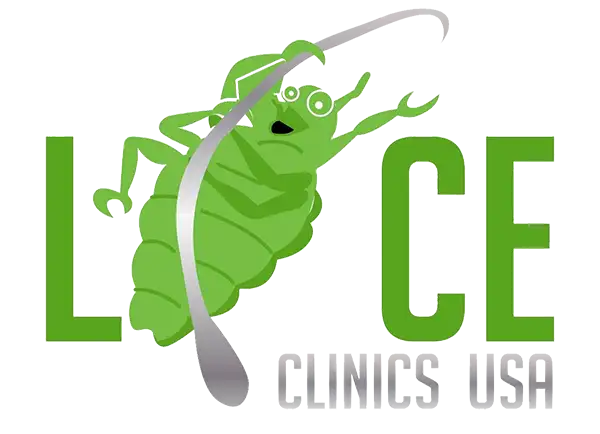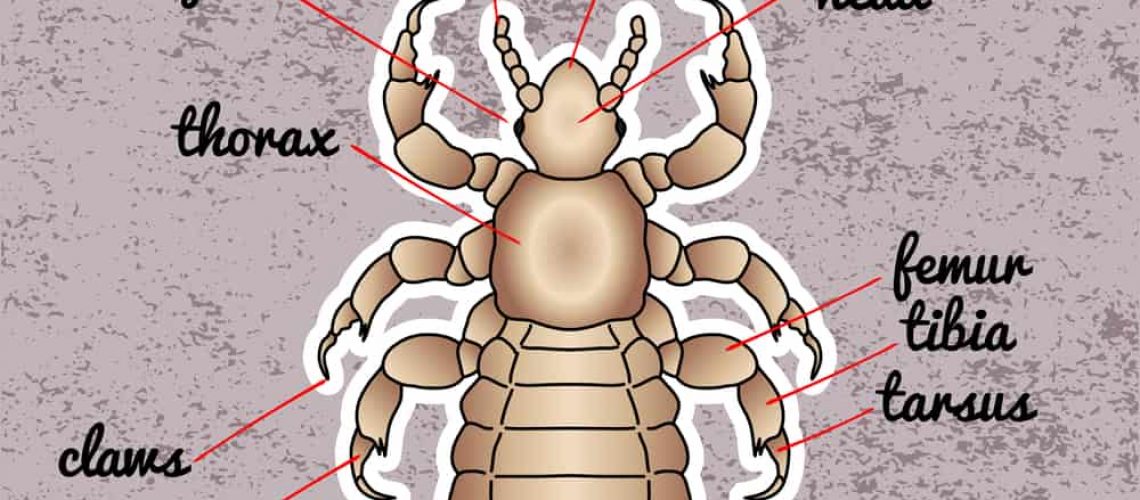When parents learn one or more of their children have become victim to a lice infestation it can lead to many questions. One of the most common questions we get at Lice Clinics of America is a simple one, “Do lice bite?”
Yes, head lice do bite. In fact, they bite a lot. An adult louse will feed on human blood 5 to 6 times per day to survive. Each time they use small, sharp teeth at the end of a tube that acts as its mouth. The louse will use this tube as a suction cup, cling to the skin of its host, and insert the sharp teeth to penetrate the skin and feed on blood. The average person who is a carrier for head lice has 10-12 adult lice on their scalp. That means on average they will be bitten at least 50 times per day that they are infected.
Do Nits Bite?
Nits, or lice eggs do not bite. They are laid at the base of the hair shaft, as close to the skin as possible to provide warmth and moisture to the egg as it develops. As adult lice reproduce, their numbers can drastically increase more quickly than you might think. Nits hatch within 7-9 days and once they are born will be actively looking for life-sustaining blood to help them grow. Adult females lay up to 6 eggs per day. You can see how quickly this problem can spread if left untreated.
Saliva Traces On Skin Cause Itching
Not only will the bites cause irritation from the broken skin, but when head lice suck out blood they actually also inject saliva that prevents the blood from clotting while they eat. This saliva can leave traces on the skin which some people show allergic reactions to. Not everyone shows irritations from the saliva, but many people do. This is why itching is one of the first major symptoms of a head lice outbreak. The combination of biting and saliva remnants can create one nasty itch.
Hooked Claws Cause Itching
Another reason for the itchiness associated with head lice is the fact that they use sharp curved claws attached to the tip of each of their six legs to crawl from hair strand to hair strand around the scalp. They hold on tightly with their crawls and maneuver through the hair, tickling the skin and causing discomfort for their host. They are found most often near the neckline, behind the ears and deep underneath the hair where it is warm and dark.
What Do I Do If My Child’s Head is Itchy?
Using a fine tooth comb, sift through your child’s hair in search of nits. Nits are yellowish small eggs laid very close to the scalp. They will be difficult to see as they are extremely small in size, but often they are removable only when using a fine tooth comb to break them off the hair strand. When a female adult lays her eggs she attaches them with a secretion that adheres them to the strand of hair. This helps the eggs not to fall off and leave the protection of the host’s scalp. If you notice any traces of nits or adult lice, a magnifying glass can be helpful in deciphering what you are actually looking at.
Lice Clinics of America Are Your Professional Source for Head Lice
It can be tricky to diagnose a case of head lice, and much trickier still to remove them. Our Lice Clinics of America staff use the latest technology available in treating head lice with no harsh chemicals. Our method uses hot air to dehydrate and eliminate head lice AND their eggs in a single, one-hour treatment. Call our clinic in St. Charles today to speak with your lice care professionals.

